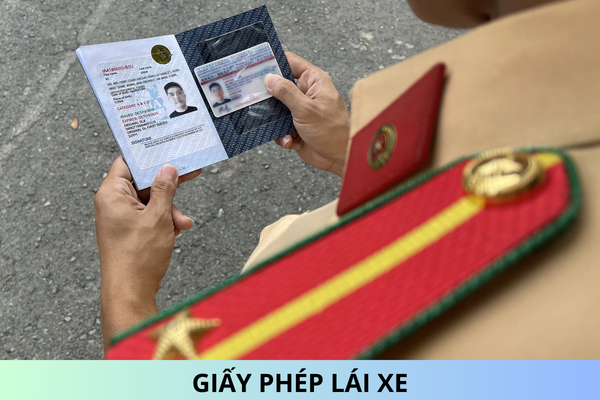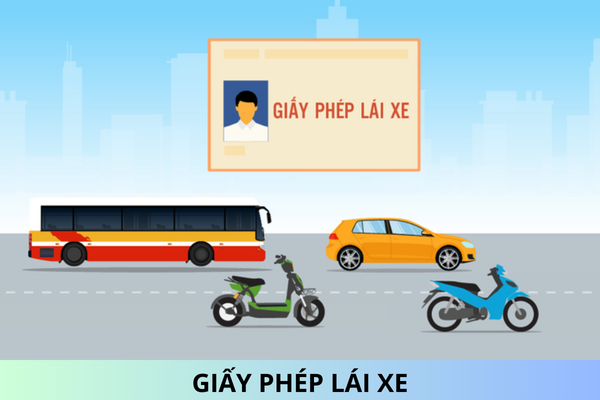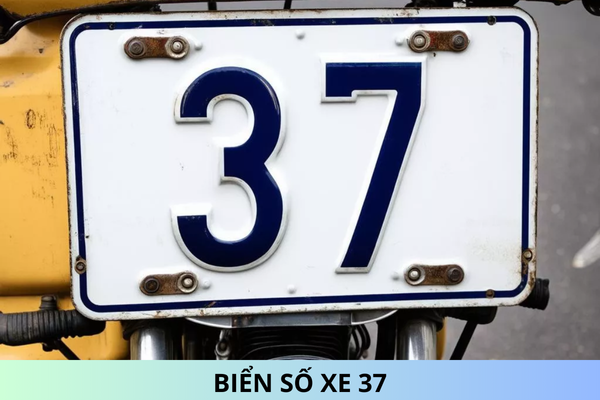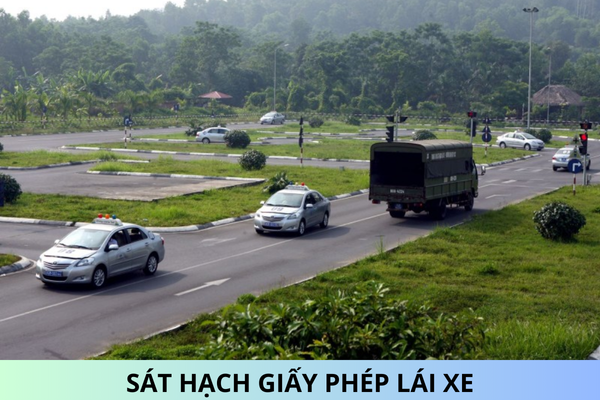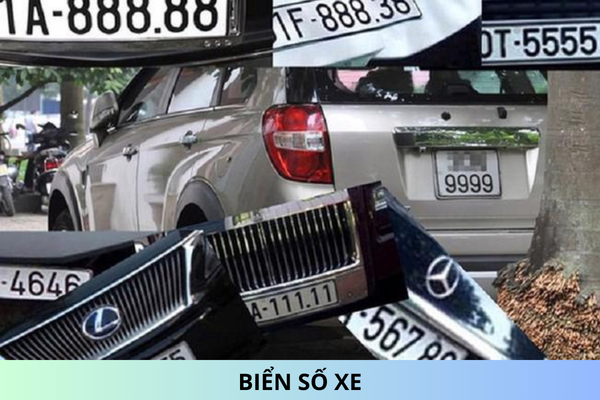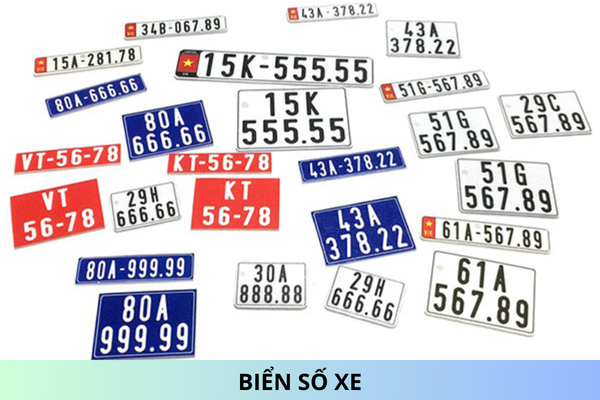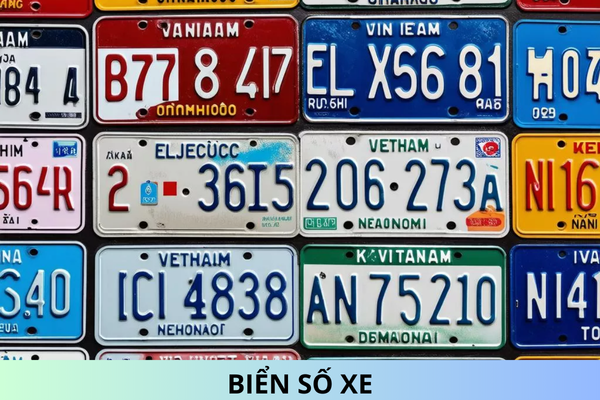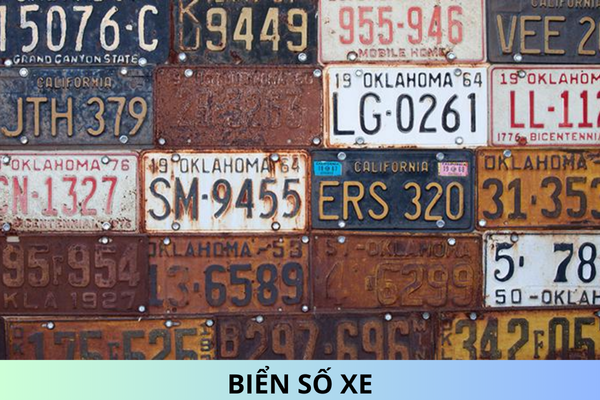What are regulations on hardware structure of simulators for driving training in Vietnam?
What are regulations on hardware structure of simulators for driving training in Vietnam? What are regulations on number of simulators for driver training in Vietnam? What are control system standards for simulation equipment for driver training in Vietnam?
Please advise.
What are regulations on hardware structure of simulators for driving training in Vietnam?
In Subsection 2.1.1 Section 2 QCVN 106:2020/BGTVT National technical regulations on simulation equipment for driver training - car driving learning cabin issued together with Circular 37/2020/TT-BGTVT regulates hardware of simulation devices for driver training as follows:
Simulator equipment for driver training includes 5 main components:
(1) Driver's cabin.
(2) Display and sound system.
(3) Computer system and simulation software.
(4) Motion simulation system.
(5) Operation desk and teacher supervision.
What are regulations on number of simulators for driver training in Vietnam?
In Subsection 2.1.2 Section 2 QCVN 106:2020/BGTVT National technical regulations on simulation equipment for driver training - car driving learning cabin issued together with Circular 37/2020/TT-BGTVT regulates the number of simulation devices for driver training as follows:
Requirements: M (requires exact equipment). MM (minimum equipment required).
|
No |
Ingredient |
Unit |
Quantity |
Request |
Note |
|
1 |
Driver cabin |
Set |
1 |
||
|
1.1 |
Control system |
||||
|
- |
Steering wheel |
Set |
1 |
M |
|
|
- |
Gear lever |
pcs |
1 |
M |
|
|
- |
Accelerator pedal |
pcs |
1 |
M |
|
|
- |
Clutch |
pcs |
1 |
M |
Only effective in manual mode |
|
- |
Hand brake |
pcs |
1 |
M |
|
|
- |
Brake pedal |
pcs |
1 |
M |
|
|
1.2 |
Seat |
pcs |
1 |
MM |
|
|
1.3 |
Clock system |
||||
|
- |
Vehicle speedometer, engine rpm meter, head/high beam indicator light, turn signal light. |
pcs |
1 |
M |
|
|
1.4 |
Cabin frame |
||||
|
- |
Cabin frame |
pcs |
1 |
M |
|
|
1.5 |
Car horn button |
pcs |
1 |
M |
|
|
1.6 |
Seat belt |
pcs |
1 |
MM |
Corresponds to the number of seats |
|
1.7 |
Need to control light signals (headlights, turn signals) |
pcs |
1 |
M |
|
|
1.8 |
Wiper control lever |
pcs |
1 |
M |
|
|
1.9 |
Key or start button |
pcs |
1 |
M |
|
|
2 |
Display and sound system |
||||
|
2.1 |
The device simulates the driver's front view |
Set |
1 |
M |
|
|
2.2 |
Rearview mirror simulation device |
||||
|
- |
Simulation of rearview mirrors on both sides (left side) |
pcs |
1 |
M |
|
|
- |
Simulation of rearview mirrors on both sides (right) |
pcs |
1 |
M |
|
|
- |
Simulation of the rearview mirror in the car. |
pcs |
1 |
M |
|
|
2.3 |
Loudspeaker |
Set |
1 |
M |
|
|
3 |
Computer system and simulation software |
||||
|
3.1 |
The computer installs driving training simulation software |
pcs |
1 |
MM |
|
|
4 |
Motion simulation system |
Set |
1 |
M |
|
|
5 |
Teacher's operating and monitoring desk |
||||
|
- |
Screen |
pcs |
1 |
MM |
|
|
- |
Teacher's operating and monitoring software |
Set |
1 |
M |
Table 1: Regulations on the number of simulation devices for driver training
What are control system standards for simulation equipment for driver training in Vietnam?
In Sub-section 2.2.1.1 Section 2 QCVN 106:2020/BGTVT National technical regulations on simulation equipment for driver training - car driving learning cabin issued together with Circular 37/2020/TT-BGTVT controls system standards on simulation devices for driver training as follows:
a) Steering wheel
- Symmetrical and at least 300mm wide;
- Limited rotation in both directions (minimum 1.75 revolutions each side);
- There is feedback force on the steering wheel at different vehicle speeds and steering angles, the maximum torque is between 2 ÷ 5 Nm;
- Able to automatically return to the neutral position when the vehicle turns and stops applying force to the steering wheel rim.
b) Gear lever
- There must be symbols to identify the positions of numbers;
- Digital settings must be specified according to the device category (manual/automatic);
- For manual transmission control, there should be a mechanism to lock the gear lever position controlled by the clutch pedal. The clutch pedal and gear lever position interlock mechanism must be reliable (the clutch pedal must be depressed to change the gear lever position);
- For automatic gear lever controllers, there needs to be a mechanism to lock the gear lever position controlled by the brake pedal. The brake pedal and gear lever position interlock mechanism must be reliable (the brake pedal must be depressed to move the gear lever out of position P, from D to R, from D to 1 or 2, from R and D about P);
- The impact force of the transmission lever must be in the range from 10N to 50N.
- The gear symbols are specified in Table 2 below;
No
Type of driving practice cabin
Symbols of numerical positions
1
Manual transmission vehicle (manual transmission)
Number N; Forward numbers: 1, 2, 3, 4, 5; reverse gear: Rs
2
Automatic transmission car
Number P, N; D number, M number (+,-) / L number, Number 1, 2; reverse gear R
Table 2: Regulations on the number of gear positions on the gear lever
c) Accelerator pedal
- Equipped with a mechanism to ensure that the pedal automatically returns to its original position when force is removed;
- Total travel of the accelerator pedal is within the range (0 ÷ 100) mm;
- Pedal force must be within the range (0 ÷ 100) N.
d) Brake pedal
- Equipped with a mechanism to ensure that the pedal automatically returns to its original position when force is removed;
- Non-linear feedback force along the pedal stroke: simulates the difference in feedback force between 2 phases (Phase 1: free stroke when the brake pads are not in contact, Phase 2: when braking begins effective);
- Maximum travel of the brake pedal is within the range (0 ÷ 135) mm;
- Pedal force must be within the range (0 ÷ 500) N.
d) Handbrake
- The pulling force of the parking brake lever must be between 20 N and 100 N.
e) Clutch foot
- Equipped with a mechanism to ensure that the pedal automatically returns to its original position when force is removed;
- Non-linear feedback force along the pedal stroke: simulates the phenomenon of feedback force difference between 2 phases (phase 1: from the moment the clutch pedal starts to the moment the clutch starts to disengage, phase 2: from the moment the clutch starts to disengage until the clutch disengages completely);
- The maximum travel of the pedal is still within the range (0 ÷ 120) mm;
- Pedal force must be within the range (0 ÷ 150) N.
Best regards!
